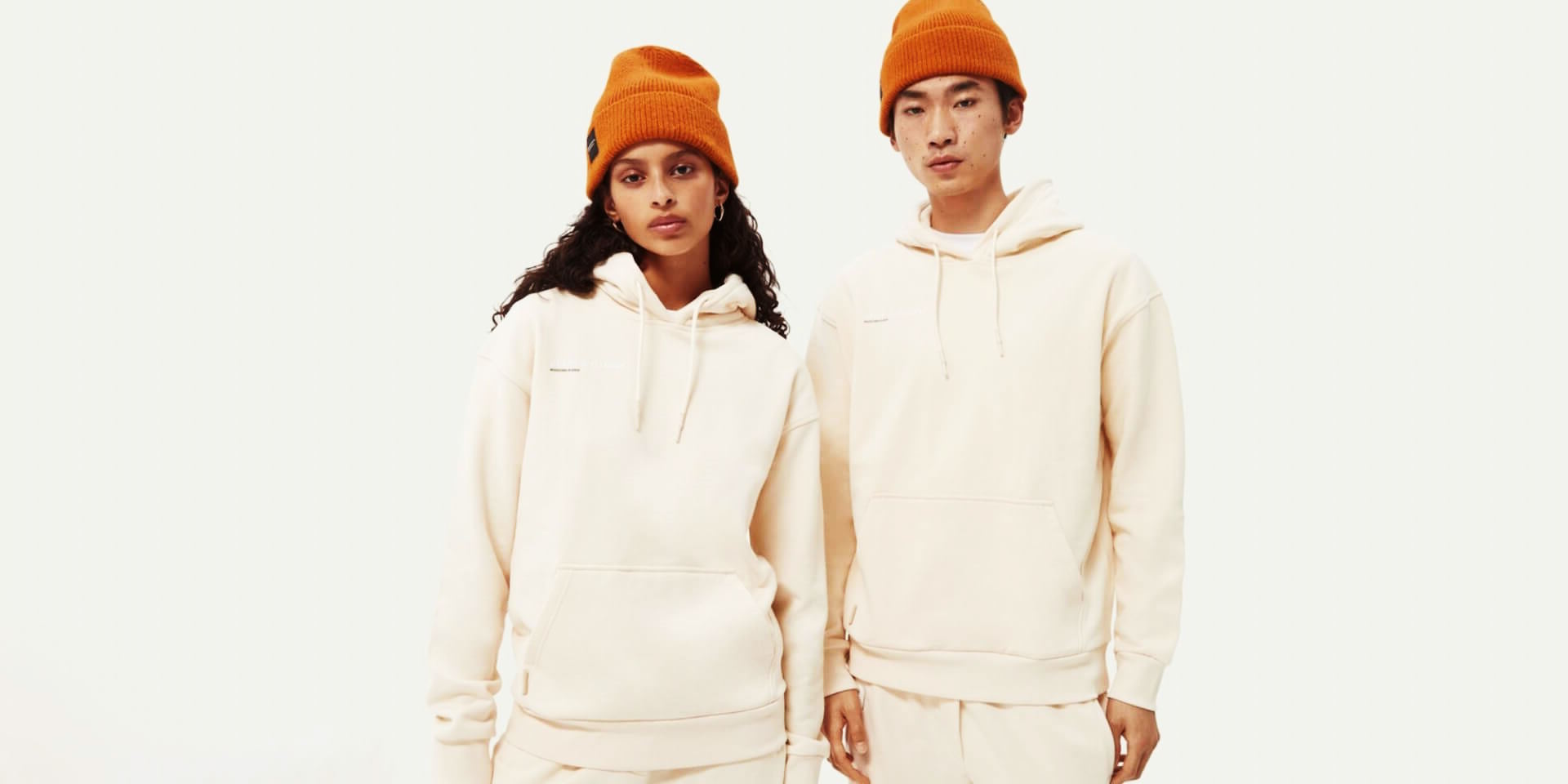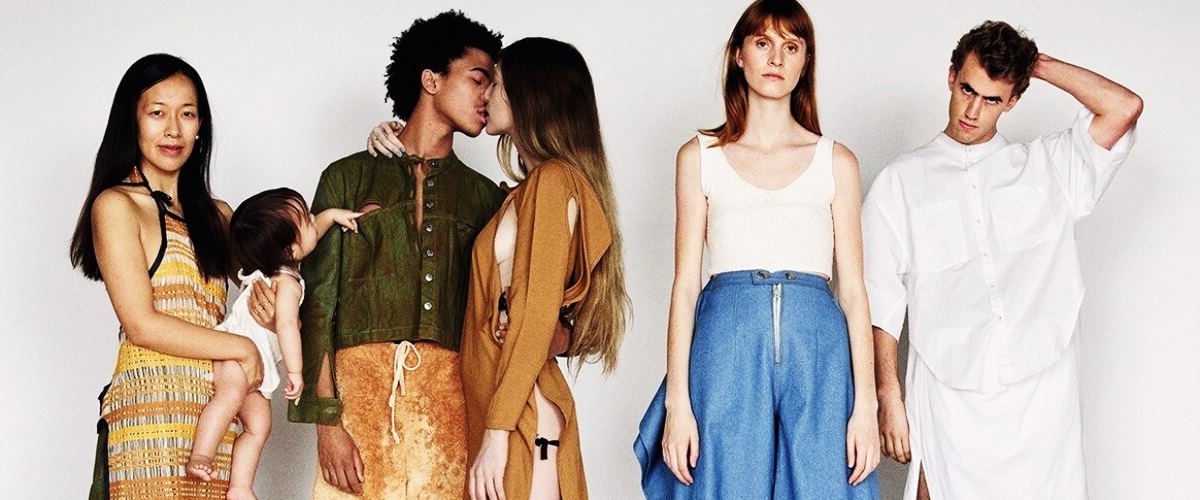Fashion Forward: Exploring the Hottest Trends of the Season
As each season rolls in, the fashion world evolves, bringing
Read more...
The concept of unisex clothing has evolved significantly over the years, paving the way for a broader understanding of gender fluidity in fashion. What began as androgynous fashion has now transformed into a full embrace of gender fluidity, allowing individuals to express themselves beyond traditional gender norms.
Unisex fashion, which emerged prominently in the 1960s and 1970s, was a groundbreaking movement that challenged traditional gender-specific clothing norms. Designers like Yves Saint Laurent introduced the tuxedo suit for women, and brands like Levi’s popularized denim as a universal fabric for all genders. This early embrace of unisex fashion laid the groundwork for later developments, gradually shifting the focus from merely androgynous designs to more fluid and inclusive gender expressions. The 1990s saw further progress with the rise of grunge and streetwear, which blurred gender lines and celebrated a more casual, non-binary approach to style. Today, this evolution continues as gender fluidity is increasingly accepted and celebrated in mainstream fashion.

A gender-fluid wardrobe is characterized by versatility and inclusivity, featuring pieces that transcend traditional gender categories. Key staples often include oversized blazers, tailored trousers, and fluid dresses, all designed to be worn by individuals of any gender. Neutral colors, unstructured silhouettes, and multifunctional garments are crucial in creating a wardrobe that defies conventional gender norms. These pieces are chosen not for their adherence to traditional gender codes but for their ability to offer freedom of expression and comfort, reflecting the wearer’s style rather than their gender.
One of the defining aspects of gender-fluid fashion is the seamless integration of masculine and feminine elements. This approach can be seen in various ways, such as pairing traditionally masculine items like blazers or loafers with feminine accessories like statement necklaces or skirts. Conversely, incorporating soft, fluid fabrics into tailored menswear pieces creates a balanced look that embraces both ends of the gender spectrum. Designers like Gucci’s Alessandro Michele and Harris Reed are known for mixing and matching these elements, creating collections that challenge and expand traditional gender boundaries. This blending of styles highlights the fluidity of modern fashion and encourages individuals to explore and express their unique identities.
Subscribe now for the latest fashion trends, style tips, and exclusive content delivered straight to your inbox. Don’t miss out on your dose of daily chic!